| Panini Museum 2002
"The latest attraction!" |
| YOU MAY CICK ON ANY IMAGE FOR A BETTER VIEW! There are many images on this page so please be patient! |
|||
| Maserati Tipo 63 #008 | |||
I would like to thank Dott. Matteo Panini for allowing me to photograph #008, the latest addition to this wonderful museum. |
|||
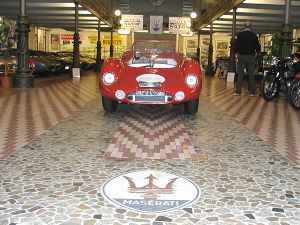 Pride of place for the Tipo 63! |
|||
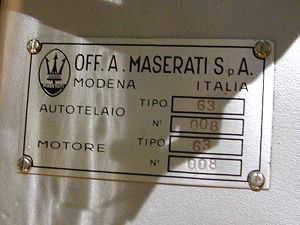 The identification plate. | 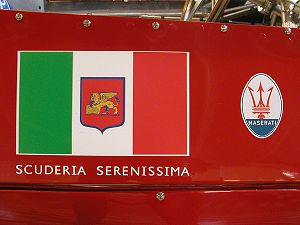 Raced by Scuderia Serenissima. |
||
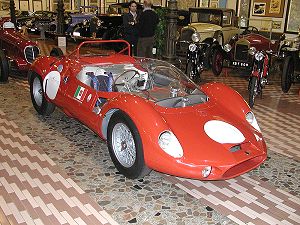 | 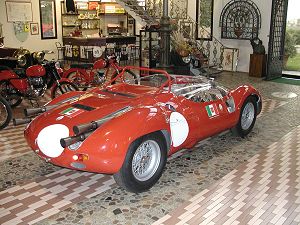 |
#63008 was powered by a 3-litre V-12 engine producing 320 bhp @ 8200 rpm. |
|
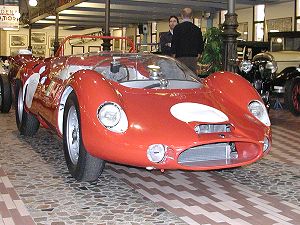 #63008 raced at Le Mans in 1961. | 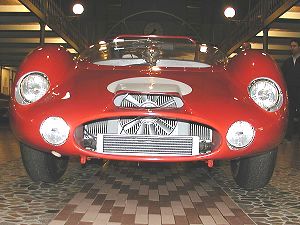 |
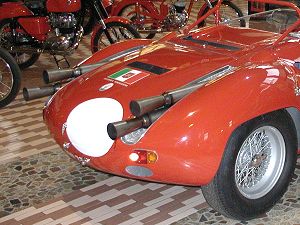 The V-12's four megaphone exhaust pipes. | 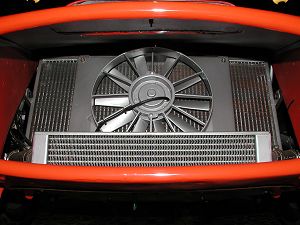 The radiator, cooling fan and oil cooler. |
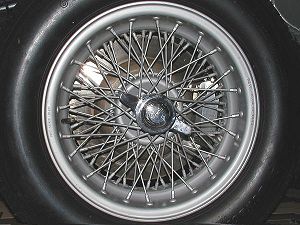 The 16 inch spoked wheels. | 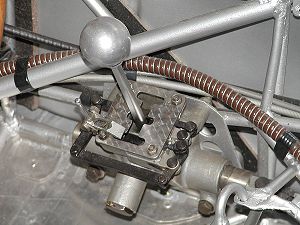 The five-speed gear shift. |
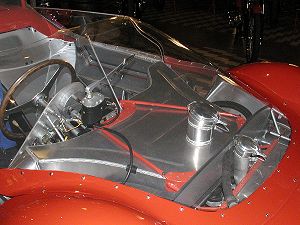 | 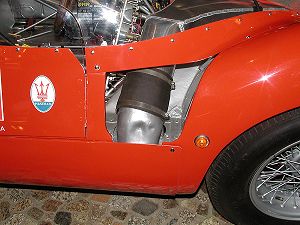 |
The radiator cap protrudes through the windscreen. |
|
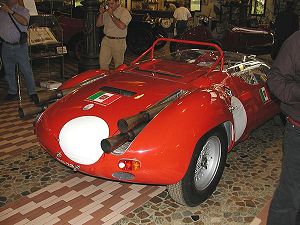 | 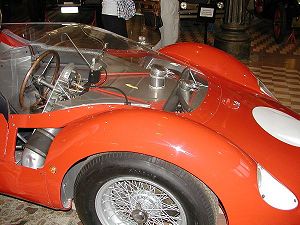 |
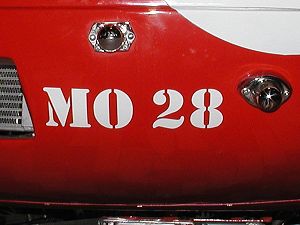 MO 28, one of Maserati's test plates. | 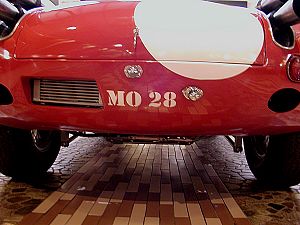 Note the transmission's oil cooler. |
||
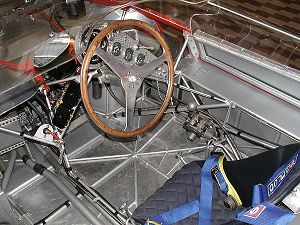 | 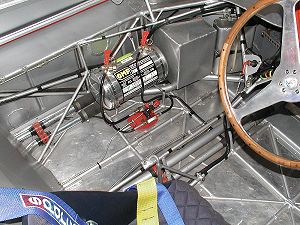 |
The cockpit area showing the intricate chassis: note the modern fire extinguisher. |
|
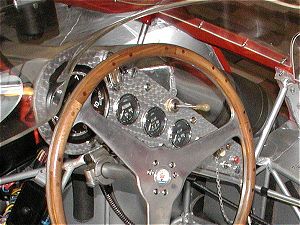 | 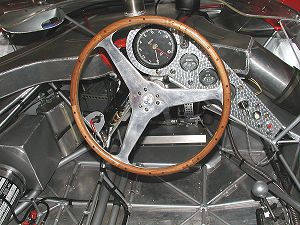 |
The neat engine-turned dashboard of the Tipo 63. |
|
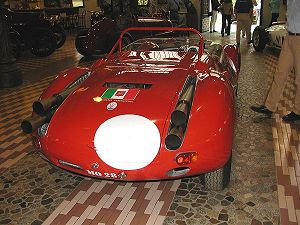 | 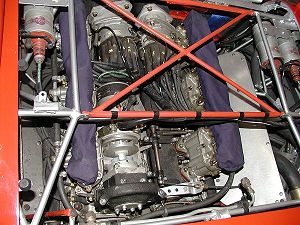 |
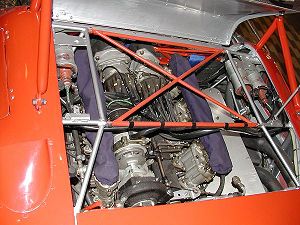 | 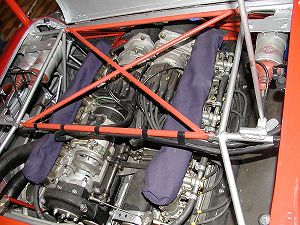 |
The V-12 engine of the Tipo 63. |
|
In early 1960 Ing. Giulio Alfieri designed a rear-engined car based on the lightweight lattice-work chassis of the Tipos 60 and 61. Designated the Tipo 63 it was at first designed to be powered by a 3-litre V8 engine but the prototype was fitted with the proven 3-litre 4-cylinder engine of the Tipo 61. A restricted budget forced Alfieri to use many components from the Tipo 61; the front suspension, the 5-speed transaxle and of course the engine. The rear suspension was new, Alfieri had abandoned the de Dion tube and transverse leaf spring in favour of an independent system with coil springs. |
|||
"Dear Enrico, |
|||
"Ciao Enrico, |
|||
When visiting the Panini Museum you should never leave without purchasing a piece of what is probably one of the finest Parmesan cheeses money can buy. The Parmesan, which has matured for two years, is available in vacuum wrapped portions of around 1Kg. |
|||
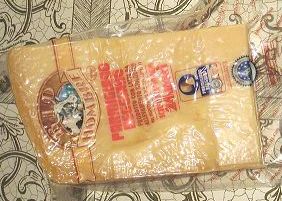 Un chilo di Parmigiano! |
|||
The first time I visited the museum I bought some cheese for an old Italian friend of mine who was partial to a little Grana from time to time. On tasting a piece, I asked him what he thought. He nodded his head in approval saying "Questo formaggio è molto, molto buono!" |
|||
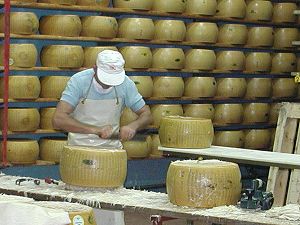 A cheese being hand-cleaned by the dairy man. | 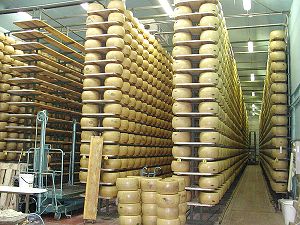 Parmigiano Reggiano at its finest - the cheeses are stored for two years. |
||
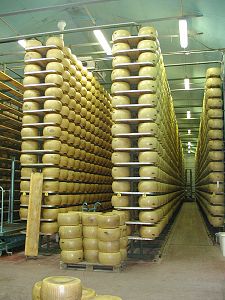 Monte Parmigiano Reggiano! |
|
 |
|
To enter Enrico's Maserati Pages CLICK HERE! Copyright: Enrico's Maserati Pages - © 2002-2004. All rights reserved. |